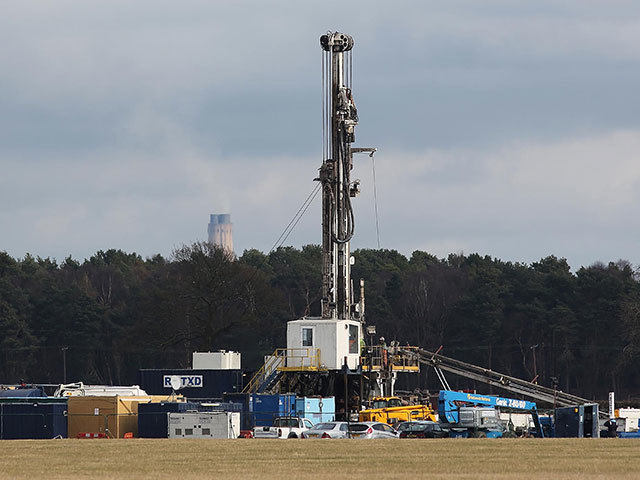
Friends of the Earth claimed the Environment Agency (EA) failed to consider techniques which could reduce the environmental impact of fracking at the energy firm’s site in Little Plumpton, Lancashire.
The environmental campaign group argued the EA should have considered the use of a better technique for dealing with “flowback fluid”, fluid which returns the surface after fracking, when dealing with Cuadrilla’s application to vary its fracking permit in December 2017.
But, giving judgment in London on Friday, Mr Justice Supperstone held that the EA “was not required to reconsider or review the (waste management plan)” as there were “no substantial changes to the operation of the waste facility”.
Hydraulic fracturing, known as fracking, is a process to extract shale gas whereby rock is drilled into and “fractured” before water, sand and chemicals – “fracturing fluid” – are pumped into it to release gas.
At a High Court hearing in November, Friends of the Earth’s barrister Matthew Reed QC said the EA did not address “whether better techniques for the on-site treatment and reuse of flowback fluid were available”.
Mr Reed explained that flowback fluid, which is “the main form of waste product deriving from the process that arrives at surface level”, can either be treated for reuse in the fracking process or taken off-site for disposal.
He argued that a technique called electrocoagulation, which involves passing a current through the flowback fluid to remove heavy metals and suspended salts, “reduces or removes the need for additional mains water to be added”.
Mr Reed said the EA had “failed to consider the appropriateness of the use of electrocoagulation in the treatment of flowback fluid”.
Both the EA and Cuadrilla, however, argued that there was no duty for the agency to consider whether best available techniques were being used because the waste management plan accompanying the original permit was sufficient.
Tim Buley, for the EA, said that a waste management plan only needed to be reconsidered if Cuadrilla’s planned alterations would give rise to “substantial change”.
The EA also contended that electrocoagulation does not represent the best available technique for dealing with flowback fluid, with a senior adviser at the agency stating that trials had “highlighted a number of factors that are likely to prove challenging to a full-scale flow process”.
Nathalie Lieven QC, for Cuadrilla, said electrocoagulation was “simply an alternative method of treating flowback fluid”, adding that it was “inconceivable” the EA would have concluded it was required at Preston New Road had it expressly considered its use.
Mr Justice Supperstone agreed that it was “highly likely” that the EA’s decision “would not have been substantially different” even if it had reconsidered the use of electrocoagulation.
Cuadrilla began the fracking process at Preston New Road in October, and announced in November that shale gas had begun flowing at the site for the first time.
The company, however, has repeatedly been forced to halt operations after underground tremors were detected.